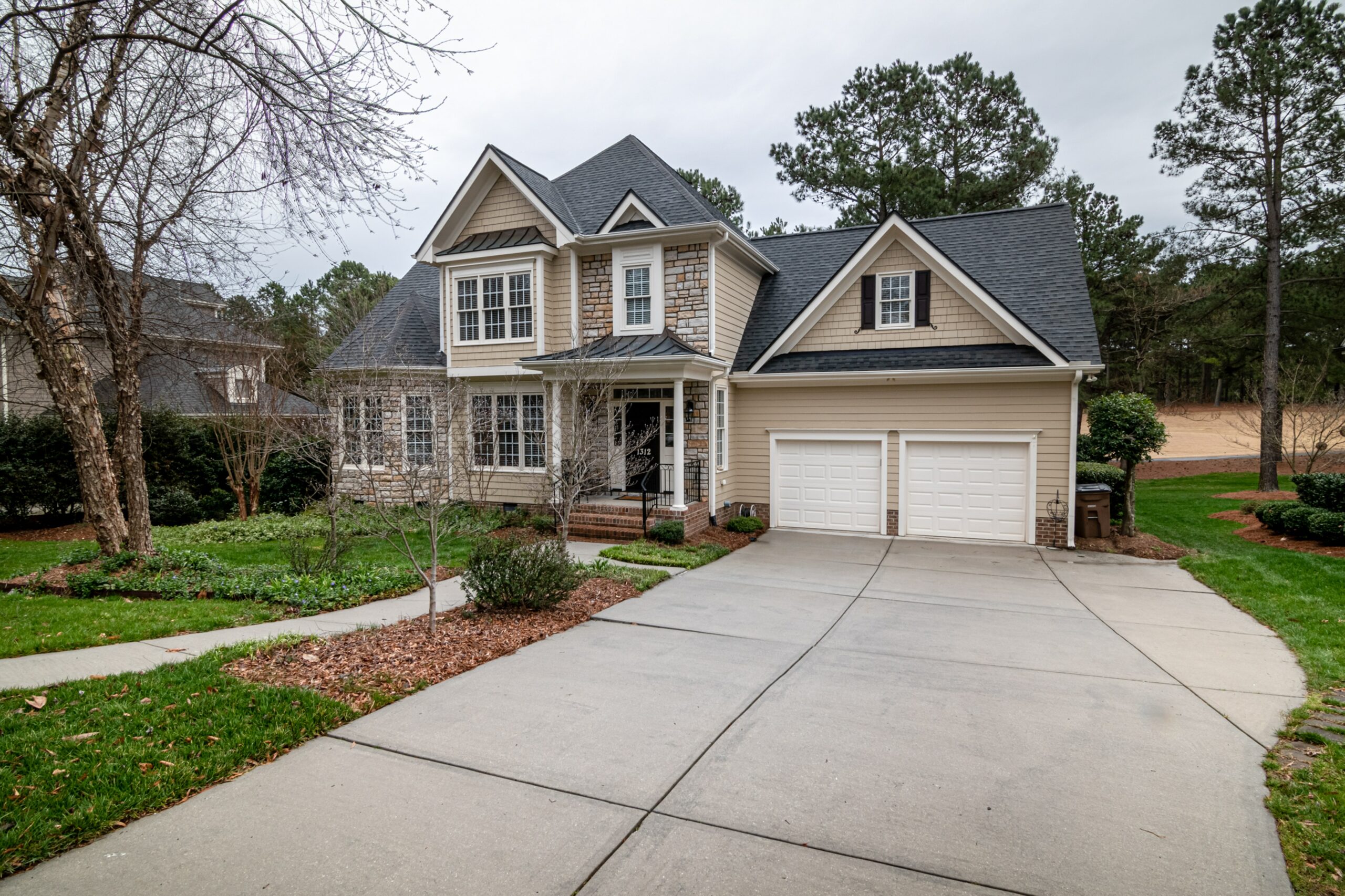When choosing the best color for your home vinyl siding, there are a few key factors to consider. First and foremost, you want to choose a color that complements the overall aesthetic of your home and its surroundings. This means taking into account the style of your home, the colors of nearby buildings and houses, and the natural colors of the environment.
One of the best ways to choose a color for your home siding is to look at color swatches and paint chips at your local home improvement store. This will give you a good idea of the different shades and hues available and help you narrow down your options. As you look at the color swatches, consider the following factors:
Consider Your Personal Preference
- What colors do you like and feel comfortable living in? It’s essential to choose a color that you will enjoy looking at every day.
- Existing elements: Think about the color of your roof, doors, and trim. Choose a vinyl siding color that complements these elements.
- Style of the house: Consider the style of your house when choosing a color. For example, a traditional colonial may look best with a classic neutral like white or light gray, while a mid-century modern home might look great with a bold color like orange or teal.
Light and neutral colors can be a good choice for making your house look bigger and more welcoming. Some options include arctic white, ivory, sage green, witch hazel, and light gray.
The Colors Of Nearby Buildings And Houses
Your home’s vinyl siding color should complement, rather than clash with, the colors of nearby buildings and houses. This means avoiding colors that are too similar to those of your neighbors and colors that are too contrasting. Instead, look for colors that create a cohesive look when seen alongside other buildings in your neighborhood.
The Natural Colors Of The Environment
The colors of your home siding should also consider the natural colors of your environment. For example, if you live in a wooded area with lots of green trees, you might choose a siding color that blends in with the natural surroundings, like a muted green or brown. On the other hand, if you live near the ocean, you might want to choose a siding color that complements the blue water, like a light blue or sandy beige.
Once you have a few potential colors in mind, it’s a good idea to test them before making a final decision. You can purchase sample paint cans and apply them to small sections of your home’s siding. This will give you a better idea of how the colors will look on your home siding materials and help you choose the one that looks best.
In general, it’s a good idea to choose three primary colors for your exterior color scheme: a main color for the siding, a primary accent color for trim, pillars, and railings, and a secondary accent color for doors and shutters. Lighter shades are typically recommended for the primary accent, while darker shades work well for the secondary accent.
When in doubt, it can be helpful to consult with a professional designer or look at exterior color schemes for inspiration. You can also use online tools such as paint visualizers to see how different color combinations will look on your home.
Match Your House Roof
When choosing siding for your home’s exterior, there are several factors to consider, including the color of your roof. A dark roof can often be paired well with a lighter siding color to create a balanced look, while a neutral or muted roof color can allow for more flexibility in your siding color choice. It is also essential to consider the overall style of your home and the color of other features, such as trim and shutters. Additionally, you should consider the climate and location of your home, as certain siding materials may be more suitable in specific environments. For example, wood siding may not be a good choice in a humid or coastal area, where it is more prone to rot and decay. Ultimately, the right siding color will depend on your personal preferences and the specific needs of your home.
Have You Considered Complementary Colors?
Colors can be a great way to add visual interest and balance to a color scheme. Complementary colors are opposite on the color wheel, such as red and green or blue and orange. These colors can create a bold and striking contrast, but using them in the right proportions is essential. The scheme can become jarring and difficult if the colors are too closely balanced. On the other hand, if one color is more dominant, the scheme can become more harmonious and pleasing to the eye.
It’s also important to consider the overall context and style of the building when selecting colors. For example, a traditional Colonial-style home might look best with a more traditional color scheme, while a modern home might benefit from a more contemporary color palette.
In addition to complementary colors, many other color schemes can work well for siding, such as monochromatic (using different shades of the same color), analogous (using colors that are next to each other on the color wheel), and triadic (using colors that are evenly spaced around the color wheel). Experimenting with different combinations and considering the overall style and context of the building can help you find the perfect color scheme for your home.
HB Siding
Choosing the best color for your home vinyl siding is a personal preference. Still, by considering the style of your home, the colors of nearby buildings and houses, and the natural colors of the environment, you can find a color that will enhance the overall aesthetic of your home. Ask a professional to show all the available colors.

